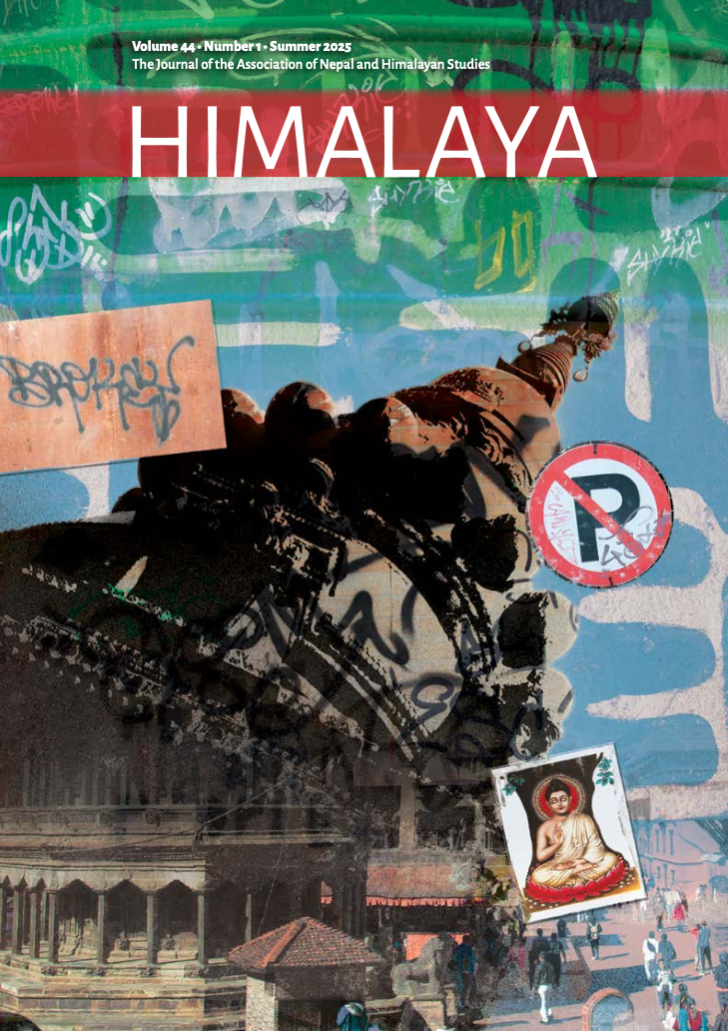Landscape Aesthetics of Remoteness in the Indian Himalayas
DOI:
https://doi.org/10.2218/himalaya.2025.9589Keywords:
remoteness, Himalayas, landscape painting, landscape aesthetics, travel writingAbstract
This paper examines the pictorial practices of landscape painting in colonial British art and the textual practice of colonial travel writing to examine the landscape aesthetics of remoteness in the Indian Himalayas. It argues that neither the ‘picturesque’ nor the ‘sublime’ genre of colonial landscape paintings can describe the representation of the marginalised geographies of the Indian Himalayas and the colonial impetus to engineer them. By offering a paradigm of the landscape aesthetics of remoteness, this paper demonstrates how remoteness is aesthetically reproduced in the colonial visual imagination, which informs the mapping, engineering and transformation of the Himalayan landscape. It examines the landscape aesthetics in the travelogue and its accompanying illustrations of aquatints in the works of James B. Fraser (1820a, b) and of the lithographs and accompanying text in the work of Thomas Daniell (c.1800) for the North-Western Himalayan region in India. The paper situates these representations of colonial landscape paintings in a broader study of ‘landscape and power’ (Mitchell 1994). It analyses the pictorial and textual practices through the dialectic of the ‘interior’ and the ‘frontier’ that produces the landscape aesthetic of remoteness and provides a new paradigm for studying landscapes and their representation.
Downloads
Downloads
Published
Issue
Section
License
Copyright (c) 2025 Bhoomika Joshi

This work is licensed under a Creative Commons Attribution-NonCommercial-NoDerivatives 4.0 International License.






